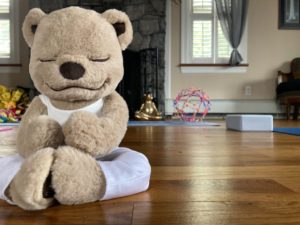What are Meditation Beads?
5 min read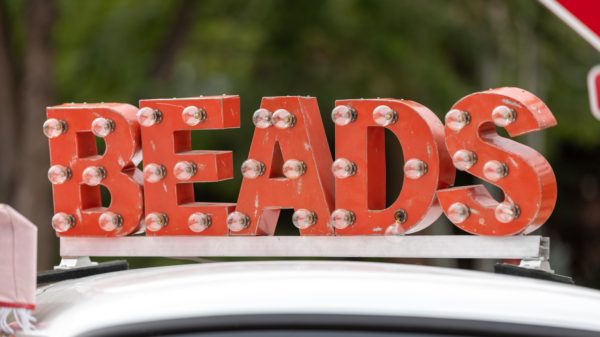
Meditation beads, Mala beads, Prayer beads…what’s the difference? To be honest, they have more in common than they have differences. There are many different names they go by depending on the culture and its use. And what you will find is that they are used in a multitude of spiritual and religious traditions. From Hinduism, Buddhism and Sikhism to Christianity, Islam and even the Baha’i faith, meditation beads play an important role. In almost all practices the beads are used to track the number of repetitions of prayers, mantras, chants or devotions. Not only are meditation beads a great tool for spiritual purposes, but studies have shown their use can also have a profound impact on cardiovascular health. Let’s go deeper.
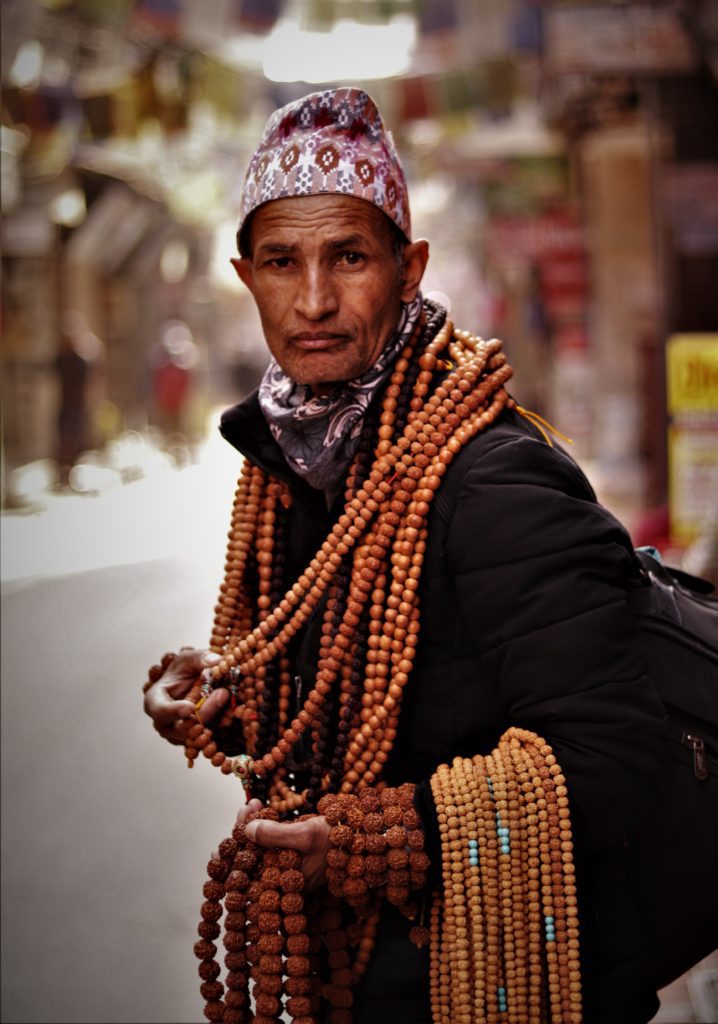
What are Meditation beads?
One of the oldest known forms of human decoration are beads dating back to Africa some 12,000 years. The exact time of the first use of beads for religious purposes will likely never be known. However, you will find some of the earliest traces as far back as 3200 B.C. in ancient Egypt. At a basic level, meditation beads are tools that double as adornments that you can use to count the number of times a phrase is repeated. That phrase is typically a mantra, chant or a prayer. They can also be known by other names such as Mala Beads, Misbaha or Rosary beads.
Depending on the usage, the number of beads can vary from 111 to as few as 7. The colors, materials and bead size also come in a great variety as each has significance in its use and meaning.
Mala beads
Used by Hindus, Buddhists and Sikhs typically have 108 beads, separated evenly into 4 sections containing 27 beads each. The sections can be separated by a special bead to make counting much easier. In addition to the 108, there will be one larger bead called a guru.
Misbaha beads
Used in Islam, they consist of 100 beads to represent the 99 + 1 names of Allah. These can be divided into 3 sections of 33 beads plus 1 larger bead similar to the guru of mala beads.
Rosary Beads
Used in Catholicism, the configuration can vary. In general, you will find that the rosary has about 58 beads containing two types, 5 of the bigger “Our Father” beads and 53 of the smaller “Hail Mary” beads. In addition, you will also find a cross and a medallion for a total of 60. There can also be some variation as to how each set of beads is configured, to be worn on the wrist for instance.

What are they used for?
Often used as decorative jewelry, meditation or mala beads can be worn around the neck or the wrist. However, meditation beads have even further utility as they are used significantly during the practice of prayer and/ or meditation in many cultures.
The primary use for Mala beads is to help you count the number of times you repeat a mantra while meditating. As the bearer is chanting the mantra, whether aloud or silently, they can count the beads in their fingers. This allows for an unobtrusive way of keeping track of the number of mantra repetitions without breaking the focus of the meditation. This can also be done in prayer, using very little effort for counting and more attention to the actual prayer. Another use for mala beads is as a reminder of an intention you may have set, or to honor something of special meaning to you.
.
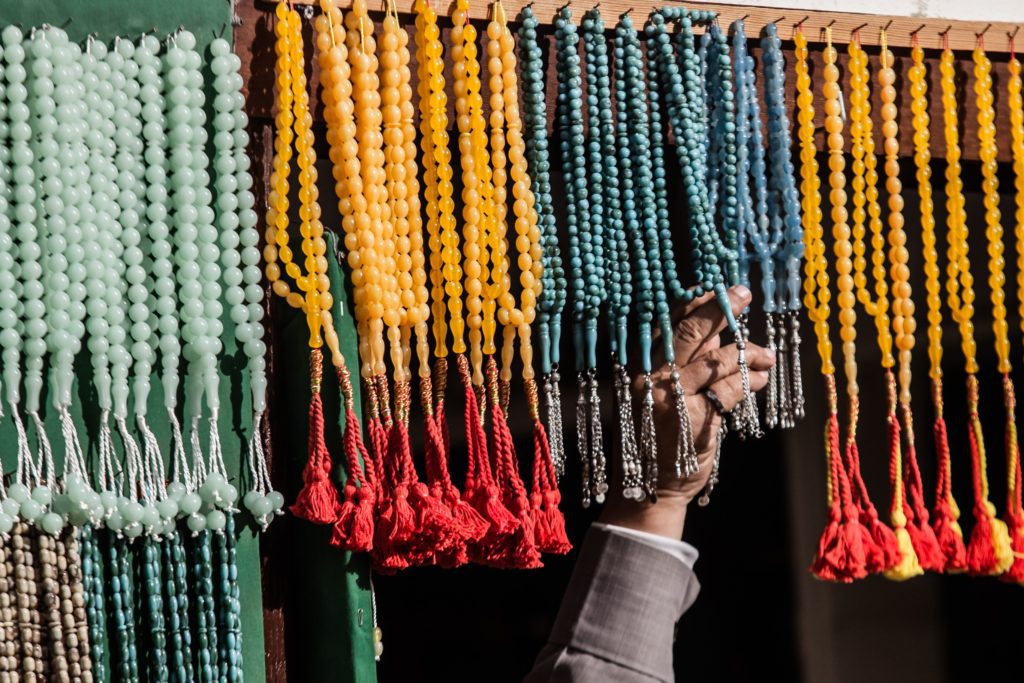
How to Choose Mala Beads
Choosing mala beads is a very personal experience. The process begins with your feeling about the beads. Some things to consider:
What beads are you drawn to?
What looks good to you or catches your interest and attention?
How does it make you feel when you hold it in your hands?
What would you like to manifest through your meditation?
These are some questions that should help you narrow down your selection. You should also think about what your intentions are. Some stones may be better suited for the intention you are setting. For instance, quartz is excellent for meditation, while moldavite aids in balancing and healing for physical body/mind and amethyst encourages inner peace. When working with chakras, you can choose a stone according to the color. But they don’t have to be stones, as they can also be made of metal, wood, plant seeds or carve animal bone. Ideally you want each bead separated by a small knot to allow your finger to pass the bead with ease. Do you want to wear it on your neck or on your wrist, or maybe not at all. It’s all truly a personal decision.
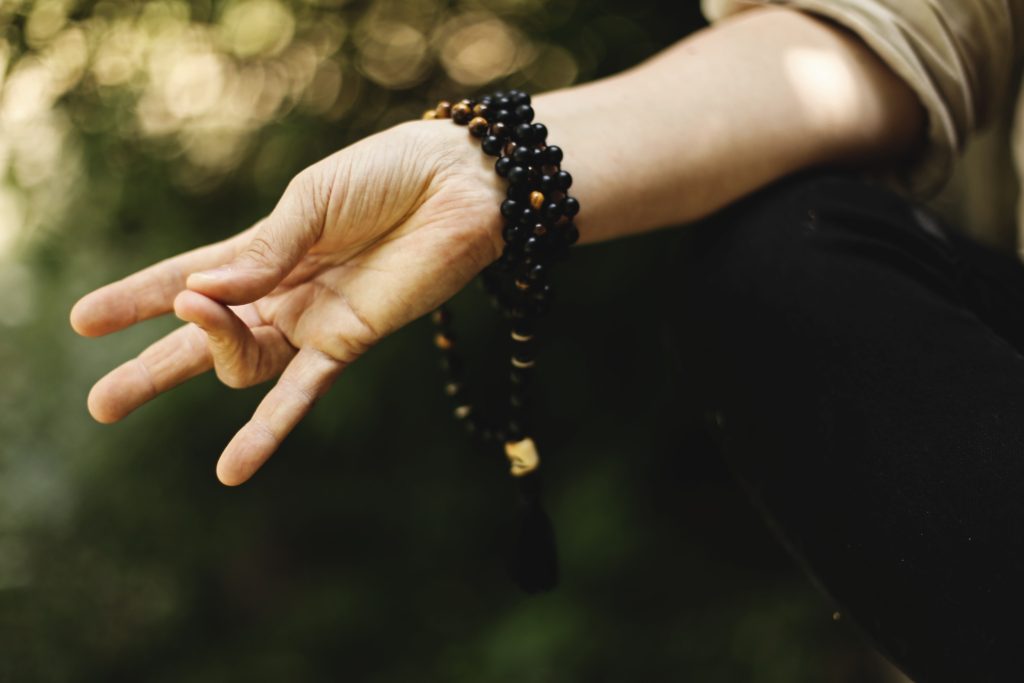
How to Use Mala Beads
A powerful step to get the most out of your meditation beads is to set your intention. You can do this by sitting in a quiet place while holding your meditation beads. Now think about your intention and let it consume your thoughts. Envision it completely and if needed repeat it aloud as an affirmation. Now your mala beads should be a constant reminder of the intention you’ve set with them.
When using meditation beads, you’ll want to be comfortable whether seated or standing. Position the guru in the palm of your hand with the tassel facing toward you. Allow the beads to hang between your middle finger and index finger. Now as you recite your mantra, prayer or chant you will move the beads with your thumb (one bead at a time) with each repetition. Your index finger should not be used because it represents the ego, which is considered a barrier to enlightenment.
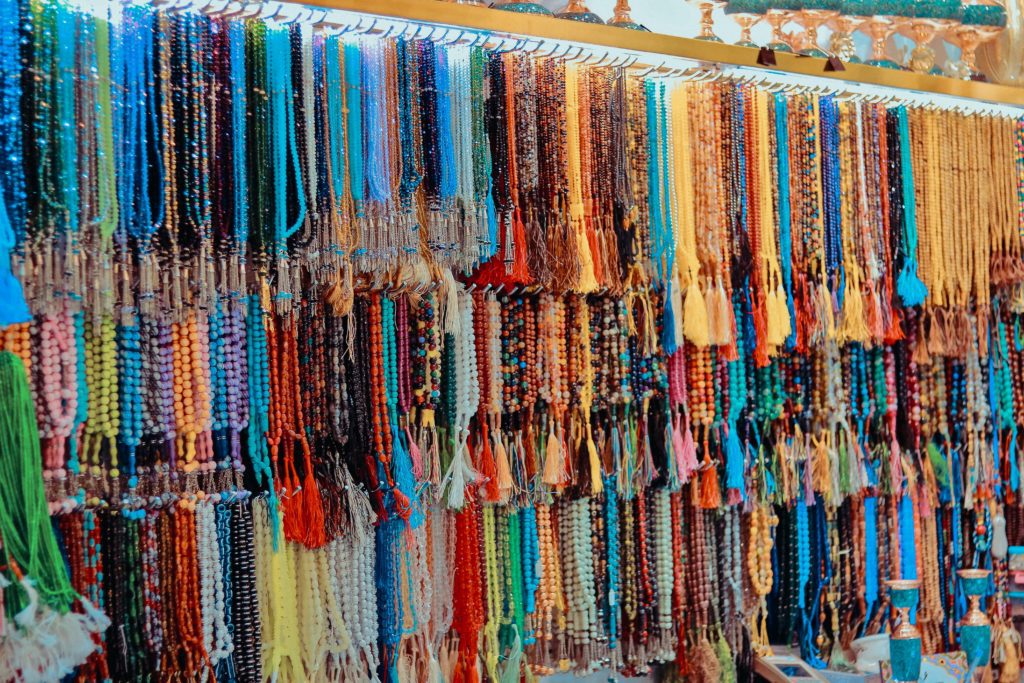
Where to Find Mala Beads
Meditation beads are popular and can be found many places on the web. If you’re looking for someplace more local, we’ve had pretty good luck at local gem shows. The variety of options is unbeatable. Many times you can find a booth that sells the beads, tassels and string separately so you could make your own.
Whatever name you want to use, meditation beads are an incredible addition to any spiritual practice. There is a reason why this tradition has lasted for thousands of years and spread across countless cultures.


